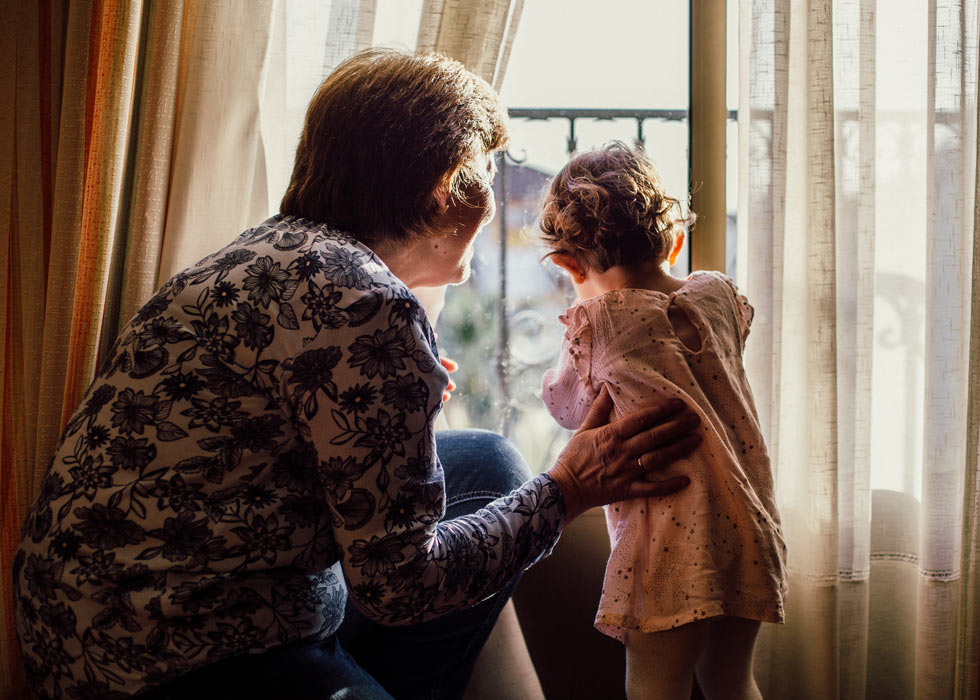Using your property to build a granny flat for relatives or a bit of income sounds appealing, but there are a few things to consider before you start drawing up plans.
Mum or dad has recently lost their partner and rather than wander the halls of the home they shared, you think you could turn that bit of land out the back into a granny flat.
It sounds great in theory: mum or dad are financially secure from the sale of their home, you can keep an eye on them as they get older but still retain some independence, and they might even chip in a few dollars, so you don’t have to dip into the mortgage.
It’s an appealing scenario and becoming more common. In fact, people are using the land on their property to build granny flats for all manner of reasons: from having family members move in, to using it as a rental investment opportunity.
Local planning laws are making it relatively straightforward to see if your property complies and many local governments are encouraging granny flats to tackle urban sprawl and address housing affordability issues.
Financially, the proposition seems to stack up: analysis by CoreLogic and Archistar reveals more than half a million homeowners across Sydney, Melbourne and Brisbane have enough land to build another dwelling on their property.
Their report concluded that building a granny flat could boost the value of the existing dwelling by 30 per cent, plus the rental income it could generate. Sounds like money for jam, right? Or at the very least, a pay-off for having family living in your back pocket.
But there are serious legal implications when you have a family move in, particularly if they have provided cash to help with building it. For example, have you considered:
- Who legally owns the granny flat?
- What happens if the couple separates and sell the home as part of the property settlement, leaving mum or dad to find new accommodation?
- And if the older parent needs care, or a decision needs to be made about moving into aged care, who makes that decision and who pays the Refundable Accommodation Deposit?
These are thorny issues that can disrupt families at highly stressful times.

Granny Flat Agreement
If the parent contributes financially to build or renovate, Centrelink requires a legal arrangement called a Granny Flat Agreement. This agreement is where you pay for the right to live in someone else’s property for life (it covers multiple dwelling types, not just granny flats).
The agreement should, at a minimum:
- Confirm your right to live in the home for life
- Say if you’ve agreed to pay rent or look after any upkeep of the property
- Say how the owner will compensate you if they want you to give up your granny flat interest.
Centrelink’s interest is not in protecting your assets but determining your interest in the arrangement to assess your assets, which will affect any benefits you might be entitled to.
This is merely an overview of what’s involved. The important message is, before you start construction: get professional advice to protect your future.
We work directly with accountants and financial planners who are specialists in the field to ensure you avoid common pitfalls and protect your assets.

Family Agreements
The gold-standard for having a family member living in a granny flat is a Family Agreement. It is a formal document that shows the details of the agreement and that you intend it to be binding.
The agreement is not just a set of rules, it is also pre-agreement on potential ‘what if’ scenarios that protect everyone’s interests into the future.
Having a Family Agreement in place allows family members to enjoy the familiarity, comfort, trust, and the joy of spending time with the people closest to them, with the peace of mind that money matters won’t cause rifts.
Download our guide to Family Agreements.
The Family agreement should cover issues such as:
- Ensuring the elderly parent’s Will is up to date, reflecting any new care arrangements
- Should care be needed, who provides it
- Privacy and access, including telephone, internet provision
- Keeping pets (or not)
- How disputes will be resolved
- A process for reviewing the agreement with a view to amending or ending it, such as in the event of bankruptcy, divorce, property sale, illness and other unforeseen circumstances
It’s important to involve everyone who is likely to be affected by the new living arrangements in the discussion.
There are no one-size-fits-all agreements, so before you go running off to Bunnings to look at paint samples, speak to a lawyer about documenting your wishes so that money doesn’t get in the way of what’s more important: family.
